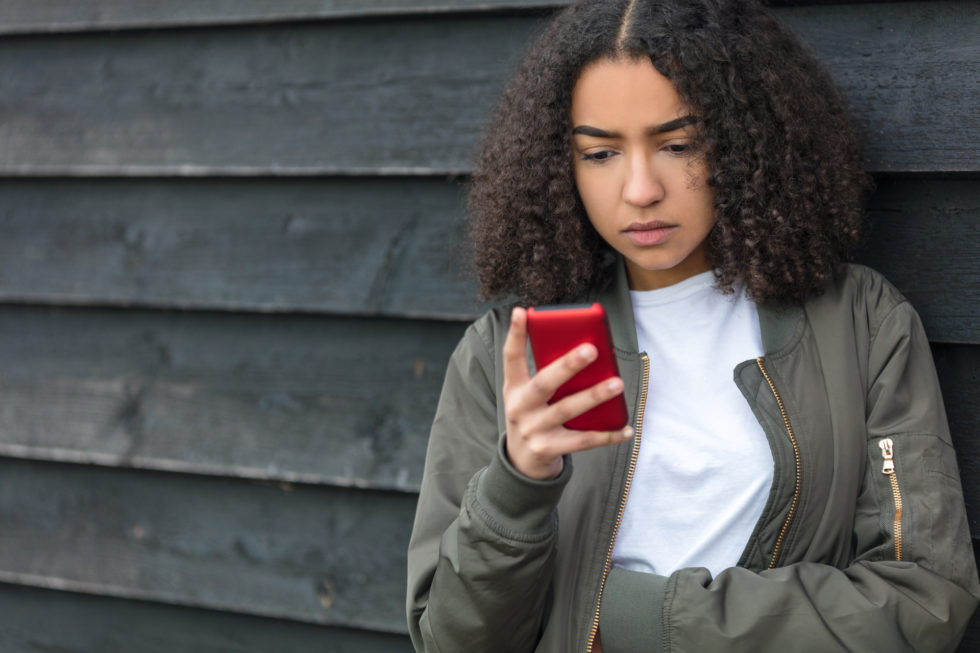
Can Sexual Harassment and Abuse Happen Online? What You Need to Know
We are a ways away from the old days. But, right or wrong, technology, specifically online, has been woven into every facet of our lives. Sadly, as the improvements become more prevalent, the threat of online abuse, namely sexual harassment, grows alongside it. In case of family related issues people usually consult San Marcos family law lawyers but whom to consult in case of online abuse ? Have you suffered from these types of solicitations? Learn more about how you can protect yourself by reading our latest blog.
Sexual Harassment: What is it?
Online sexual harassment covers an array of behavioral abuse that seeks to utilize digital content, like images, videos, or messages across various social media platforms, to solicit nonconsensual sexual conduct.
According to Childnet, sexual harassment and abuse can cause a person to feel threatened, exploited, coerced, humiliated, upset, sexualized, or discriminated against. When performed online, this form of abuse is also referred to as cyber-harassment.
Sexual Harassment: Who Does it Affect?
A Pew Research Center survey found that 41% of American adults (men and women) have personally experienced online harassment in at least one of the six key ways measured.
Regrettably, minors and other young children are particularly vulnerable to online sexual predators. While centralized in Denmark, Hungary, and the U.K, Project deSHAME found that nearly two in five young people have witnessed people their age circulating nude or nearly nude images of someone they know.
The project discovered that most online sexual harassment occurs on a peer-to-peer basis. You can read more about their findings here.
Sexual Harassment: Different Types
Sexual harassment takes several forms, but we’ve narrowed it down to four.
Nonconsensual Sharing of Unsolicited Sexual Media
- Taking sexual images or videos without consent
- Pictures or videos taken consensually but shared without consent
- Nonconsensual sexual acts (e.g., rape) that have been recorded and potentially shared
Exploitation, Threats, or Coercion
- Pressuring someone online to share sexual images of themselves
- Extorting someone to do someone under the threat of publishing sexual media
- Online threats of a sexual nature
- Evoking someone online to commit sexual violence
- Prompting someone to participate in a sexual act
Sexual Bullying
- Sexual gossip posted online
- Online posting of offensive or discriminatory sexual language
- Damaging someone’s reputation by sharing sexual media
- Bullying based on sexual identity or orientation
- Body shaming
Unwanted Objectification
- Sexualizing comments
- Sexualizing viral campaigns
- Forward unwanted sexual content
- Unwelcome sexual advances (e.g., sexual favors)
- Sexual humor
Sexual Harassment: The Impact and What to Do
The impact of online sexual harassment cannot be understated. The effects of unwanted sexual harassment can have long and short-term effects on a person’s emotional, physical, and psychiatric state or persons.
If you or someone you know has suffered from the behavioral acts of a sexual predator, you should do these six things:
- Tell them to stop––they are making you feel uncomfortable
- Stop all communication
- Deactivate your social media accounts
- Keep all the evidence
- Report your case to the police
- Inform yourself of sexual law––take out a restraining order
Take Your First Step to Recovery | Seneca Health Services
Have you been the victim of sexual harassment or cyber abuse? Have you turned to alternative forms of coping? We are passionate about healing our community, and our team is ready to help.
With over 40 years of providing behavioral health services throughout southeastern West Virginia, at Seneca Health Services, we believe recovery is possible.
If you’d like to learn more about our services, contact Seneca Health at 888.SENECA9 or use the link provided. We know it’s hard to take the first step––let us help.
